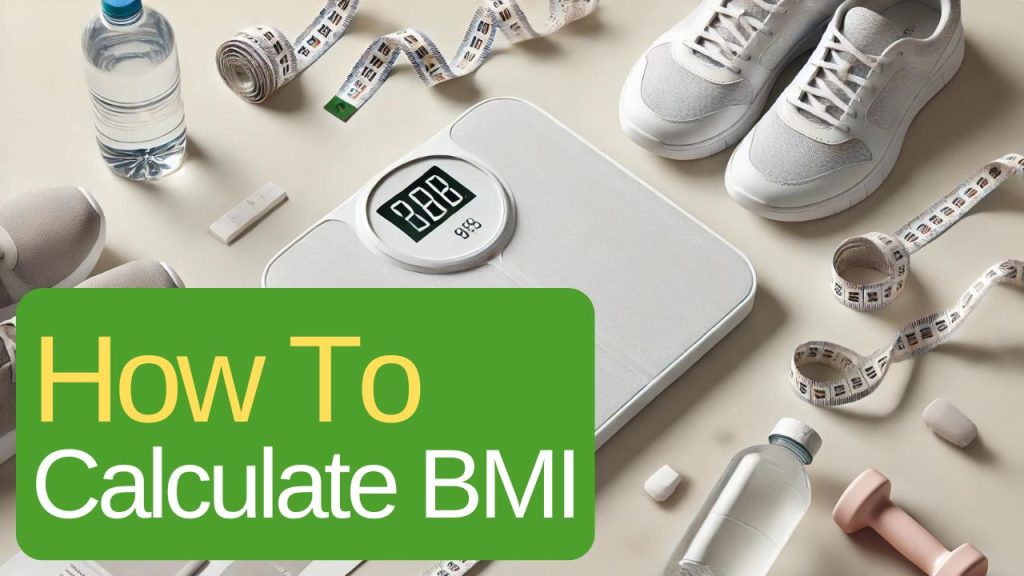What is BMI? This is a common question, and it’s crucial to understand that Body Mass Index (BMI) is a widely used measure to assess body weight relative to height. It helps categorize individuals into different weight ranges. Although it’s a simple calculation, BMI plays a significant role in public health and personal wellness. It provides a quick snapshot of an individual’s weight status. In this article, we will explore what BMI is, how it’s calculated, its importance, and its limitations. Furthermore, we will discuss how BMI should be interpreted alongside other health indicators for a more comprehensive understanding of health.

What is BMI and How is it Calculated?
BMI stands for Body Mass Index. It is a numerical value derived from an individual’s weight and height. It’s a convenient and non-invasive way to estimate whether a person is underweight, normal weight, overweight, or obese. The BMI formula is the same for adults and children, though the interpretation varies.
How Do You Calculate BMI?
BMI is calculated using a simple formula: weight (kg) divided by height (m) squared, or in other words, BMI = weight (kg) / (height (m) * height (m)).
Alternatively, if measurements are in pounds and inches, the formula is: BMI = (weight (lbs) / (height (in) * height (in))) * 703.
For example, if someone weighs 70 kg and is 1.75 meters tall, their BMI would be calculated as BMI = 70 / (1.75 * 1.75), which equals approximately 22.86.
This value would place them in the “Normal weight” category according to the standard BMI classification.
BMI Categories Explained
BMI results are classified into different categories:
- Underweight: BMI less than 18.5
- Normal weight: BMI 18.5 – 24.9
- Overweight: BMI 25 – 29.9
- Obesity: BMI 30 and above
These categories help healthcare professionals identify potential health risks associated with being underweight, overweight, or obese.
Why is BMI Important in Assessing Health?
Understanding what BMI is and why it’s important is essential because BMI is a widely used tool in public health. It’s easy to measure, cost-effective, and provides a quick estimate of weight-related health risks. A high BMI can indicate excess body fat, which is linked to an increased risk of chronic diseases such as heart disease, diabetes, and hypertension.
However, BMI is not a diagnostic tool. It doesn’t directly measure body fat or account for other factors such as muscle mass, bone density, and fat distribution. Therefore, while BMI can highlight potential health risks, it should be used alongside other assessments to gain a full picture of an individual’s health.

Limitations of Using BMI
While understanding what BMI is and how it’s calculated is important, knowing its limitations is equally crucial:
- Doesn’t Differentiate Between Muscle and Fat: BMI cannot distinguish between muscle mass and fat mass. For example, athletes with high muscle mass may have a high BMI but low body fat percentage, leading to a misleading categorization as overweight or obese.
- No Consideration of Fat Distribution: BMI doesn’t account for where fat is distributed on the body. Central obesity (fat around the abdomen) is more closely linked to health risks than fat distributed in other areas.
- Population Differences: BMI cut-offs may not be equally applicable across all ethnic groups. Some populations may have higher health risks at lower BMI thresholds, while others may be healthy at higher BMI values.
- Age and Gender: BMI doesn’t take into account age and gender differences in body composition. For example, women generally have higher body fat percentages than men at the same BMI.
How to Interpret BMI with Other Health Indicators
Understanding what BMI is also involves knowing how to interpret it with other health indicators. Given its limitations, BMI should not be the sole measure of health. Other factors to consider include:
- Waist-to-Hip Ratio (WHR): A measure of fat distribution that compares the circumference of the waist to that of the hips. A higher ratio indicates more fat around the abdomen, which is associated with greater health risks.
- Body Fat Percentage: A more direct measure of body fat than BMI, which can be assessed using methods like skinfold measurements, bioelectrical impedance, or DEXA scans.
- Physical Activity Levels: Regular exercise can reduce health risks even if BMI is high.
- Diet: Nutritional quality and eating habits are crucial components of overall health.
- Blood Pressure and Cholesterol Levels: Important markers of cardiovascular health that should be considered alongside BMI.
Practical Applications of BMI in Different Populations
BMI is often used in clinical settings to assess whether an individual might be at risk for certain health conditions. For example:
- Children: Pediatricians use age and sex-specific BMI percentiles to monitor growth and development. A child with a BMI in the 85th percentile or higher is considered overweight, while one in the 95th percentile or higher is considered obese.
- Adults: A healthcare provider might use BMI as a starting point to discuss lifestyle changes or further tests if a patient’s BMI suggests they are at risk of health problems.
How BMI Varies Across Different Populations
It’s also important to recognize that what BMI is and how it’s interpreted may vary across different populations:
- Athletes: Individuals with high muscle mass may have a high BMI but not be at increased health risk.
- Older Adults: BMI might underestimate body fat in older adults who have lost muscle mass.
- Different Ethnic Groups: Some ethnic groups may have higher health risks at lower BMI levels, and adjustments may be necessary to accurately assess their health.
Frequently Asked Questions About What BMI Is
Is BMI a Reliable Indicator of Health?
BMI is a useful tool but should not be the sole indicator of health. It should be considered alongside other measures like body fat percentage, waist circumference, and overall lifestyle.
Can BMI Be Misleading?
Yes, especially in cases where individuals have high muscle mass or in populations with different body compositions. BMI doesn’t account for muscle mass, bone density, or fat distribution.
What Should I Do If My BMI Is High?
If your BMI is high, it’s important to consider other factors such as diet, physical activity, and family history of health conditions. Consulting a healthcare provider for a comprehensive health assessment is advisable.
Is There a Better Measure Than BMI?
There isn’t a one-size-fits-all measure. While BMI is a good starting point, combining it with other assessments like waist-to-hip ratio, body fat percentage, and lifestyle factors provides a more complete picture of health.




